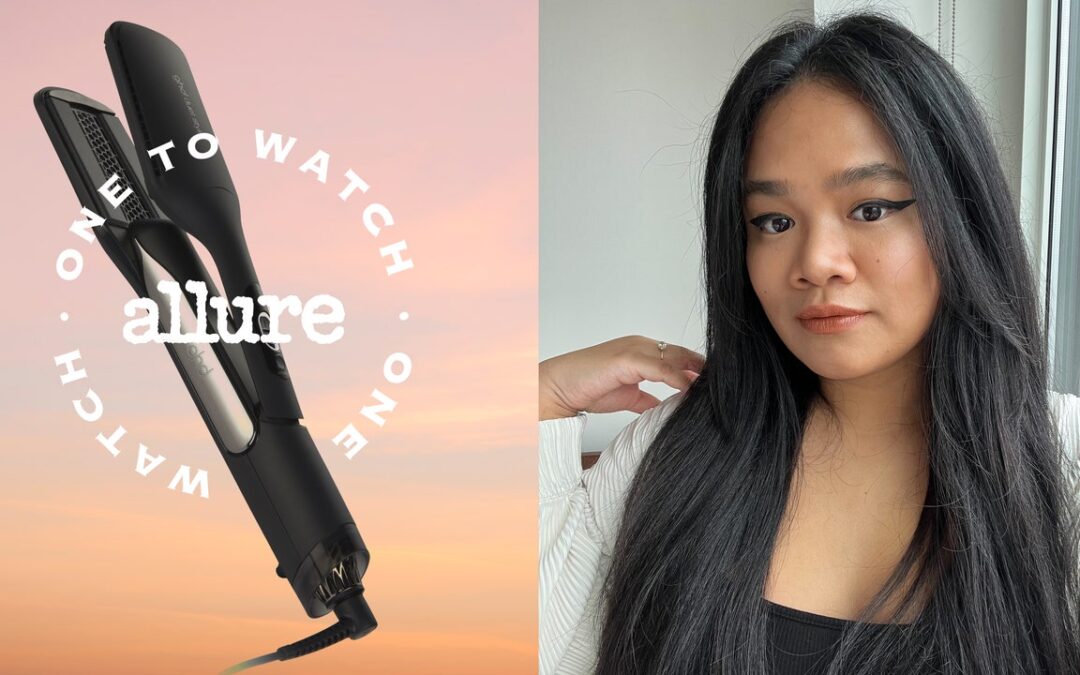The tool has two settings: Slide the switch upward to turn on the device to activate its wet-to-style mode. (You’ll hear the motor of the device kick on.) “In wet-to-style mode, the airflow of the Duet Style is heated to 302 degrees Fahrenheit and the temperature of the plates is 248 degrees Fahrenheit — allowing you to effectively style without damage to fragile wet hair,” says Rob Milner, PhD, GHD’s chief technology officer.
If you finish styling your hair and find you want more shine, you can use the second setting: Just press and hold the button labeled “shine shot.” You’ll hear the motor shut off and see its backlight pulsate until it’s ready to use. The Shine Shot setting brings the plates up to 365 degrees Fahrenheit, transforming your device into a Platinum+ Styler, which will add luster and smoothness.
The brand thought of everything — especially everyone’s concern with wet-to-dry tools: damage.
The Science Behind Its “No Damage” Claim
Claims Reviewed by Hairstylist Devin Toth and Dermatologist Joshua Zeichner, MD
GHD claims “four passes will get you from wet to styled with no damage.” In other words, while in wet-to-style mode, moving the Duet Style along a section of hair up to four times will style your hair without damage. To make this claim, the brand conducted a consumer study with 142 women in June 2021 and 109 women in October 2021. “Duet Style will dry and style your hair [in] three passes,” GHD’s Dr. Milner says. “As everyone uses hair tools differently, for our damage testing we tested on four passes to be confident that even users who might use the product a little more are not running the risk of thermal damage.”
Dr. Milner goes on to say that the Duet Style was tested on all hair types. “For the no damage claim we put [tresses of real] hair through 100 cycles of wetting and four drying passes to simulate a year’s worth of use. We then used a standard hair strength test to check that the hair was undamaged.”
Like Toth, Joshua Zeichner, MD, a board-certified dermatologist and director of cosmetic and clinical research in dermatology at Mount Sinai Hospital in New York City, is skeptical of this type of hairstyling. “[Applying high heat to wet hair] can be harmful both to the inner core of the hair and the outer cuticle,” he says. “Ultimately, this can lead to permanent bubbles within the structure of the hair itself that contributes to brittleness and breakage. As the cuticle is damaged, it can lead to dullness, frizziness, and split ends.”

